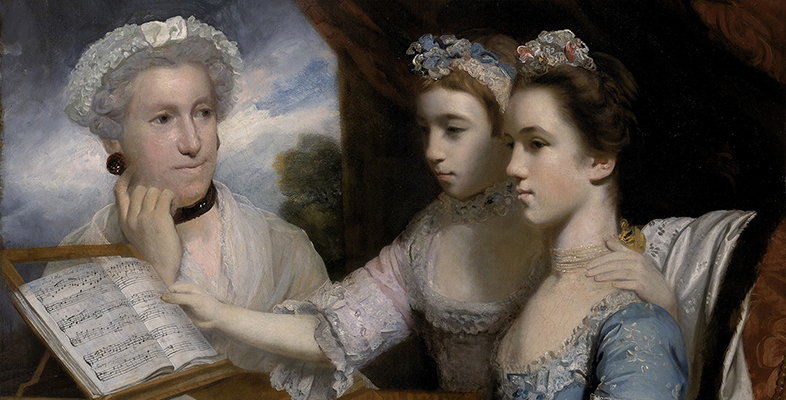4.3 The content of V-Discs
V-Discs contained various kinds of music. This included material taken from radio broadcasts, commercial records and concert recordings, as well as numerous performances recorded especially for the programme in venues in New York and Los Angeles. The range of music included classical, jazz and swing, film and musical soundtracks, and country music. Many of the foremost musicians of the day contributed to the programme, providing performances and recording messages for the troops; Bing Crosby (1903–1977), Frank Sinatra (1915–1998), Glenn Miller (1904–1944), Benny Goodman (1909–1986) and Tommy Dorsey (1905–1956) were among the most popular. In line with the wishes of the servicemen, the records gradually contained more and more recent recordings. As the musicians’ recording ban meant that V-Disc was the only label to release new material during this period, the programme provides unique insights into the popular pieces at that time, both at home in America, and to the troops overseas (Young and Young, 2008, pp. 101–2).
Activity 11
How do you think the longer playing time on V-Discs would have allowed greater flexibility in terms of the music being distributed? Consider here improvisatory music such as jazz, and also lengthier pieces such as classical works.
Discussion
The extended playing time on records enabled lengthier pieces to be played in full. Longer classical pieces which might have been cut or divided between sides of shorter commercial records could fit more comfortably on the longer V-Discs. This freedom from the usual time restrictions was particularly valuable for performances of jazz, where musicians could improvise more freely and for longer, and where arrangements by big bands could also be extended.
The lack of the tensions and contractual obligations associated with previous affiliations to specific record companies (abandoned during the recording ban) also allowed musicians who were previously unable to perform together to collaborate for the first time. These conditions resulted in the V-Disc label capturing numerous unique performances, including many by jazz musicians.
Activity 12
Listen to the extract of the recording for V-Disc of ‘Oh! Baby’ (Track 3 [Tip: hold Ctrl and click a link to open it in a new tab. (Hide tip)] ), introduced by the guitarist Eddie Condon (1905–1973) and performed by Bobby Hackett (1915–1976) (cornet), Michael ‘Peanuts’ Hucko (1918–2003) (clarinet), Ernie Caceres (1911–1971) (baritone saxophone), Robert ‘Cutty’ Cutshall (1911–1968) (trombone), Irving Manning (1918–2006) (double bass), Charlie Queener (1921–1997) (piano) and Morey Feld (1915–1971) (drums). Consider the extent to which recordings in general can contribute to our knowledge of performance practices, especially with regard to unnotated musical practices such as in jazz. In what way is this V-Disc recording specifically aimed at the troops abroad?
Discussion
This recording communicates directly with its audience through Eddie Condon’s spoken greeting to the troops overseas and provides them with an opportunity to listen to music that was strongly associated with America (and was developing apace back there).
The recording provides us with valuable information about a performance that is otherwise undocumented: it identifies who the musicians were (an aspect that is sometimes hard to establish in recordings of jazz) and the relationship between these individuals as they play. As a seemingly unique, spontaneous performance not produced for financial gain, the recording also provides particularly important insights into jazz practices at that time, such as improvisation (which was further facilitated by the more relaxed circumstances of the V-Disc recordings).
This would also be the case for many of the other performances recorded especially for the programme: unique performances of popular music and even of classical works can provide information about performance trends at that time.
